EDITORIAL
Published on 28 Mar 2023
Editorial: The isotypes of α, β and γ tubulin: From evolutionary origins to roles in metazoan development and ligand binding differences
doi 10.3389/fcell.2023.1176739
- 1,995 views
10k
Total downloads
56k
Total views and downloads
Select the journal/section where you want your idea to be submitted:
EDITORIAL
Published on 28 Mar 2023
REVIEW
Published on 15 Feb 2023
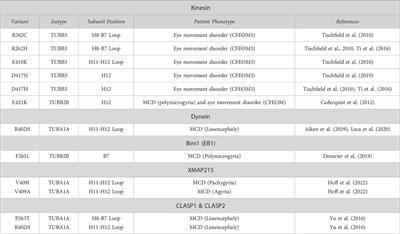
REVIEW
Published on 01 Sep 2022
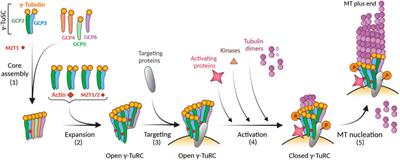
REVIEW
Published on 05 Jul 2022
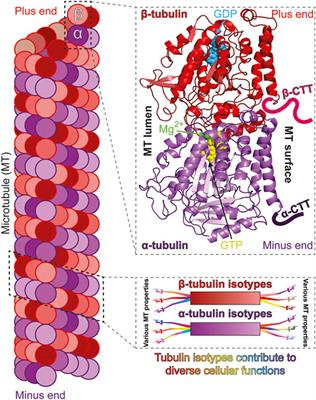
ORIGINAL RESEARCH
Published on 31 May 2022

HYPOTHESIS AND THEORY
Published on 30 May 2022
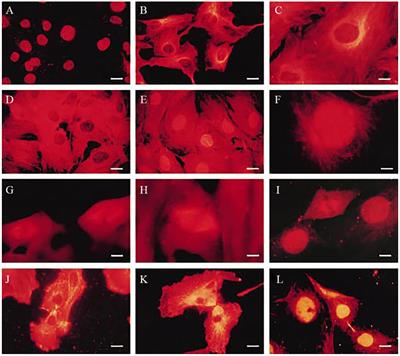
MINI REVIEW
Published on 26 May 2022
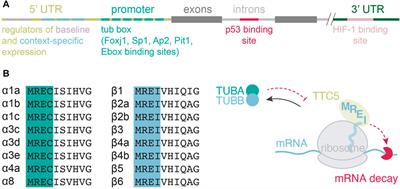
REVIEW
Published on 28 Apr 2022

MINI REVIEW
Published on 28 Apr 2022
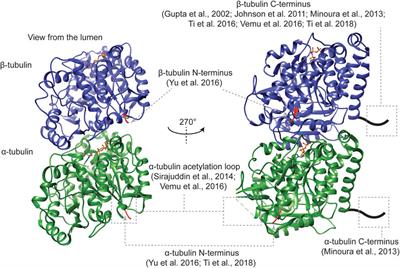
PERSPECTIVE
Published on 25 Apr 2022
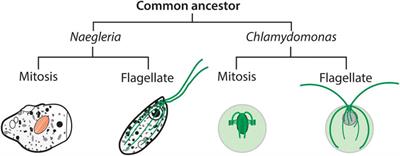
ORIGINAL RESEARCH
Published on 01 Apr 2022
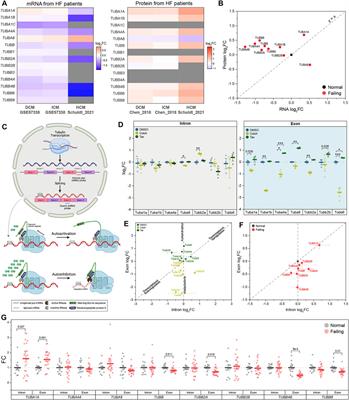
REVIEW
Published on 24 Mar 2022
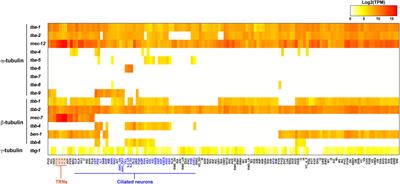

Frontiers in Molecular Biosciences